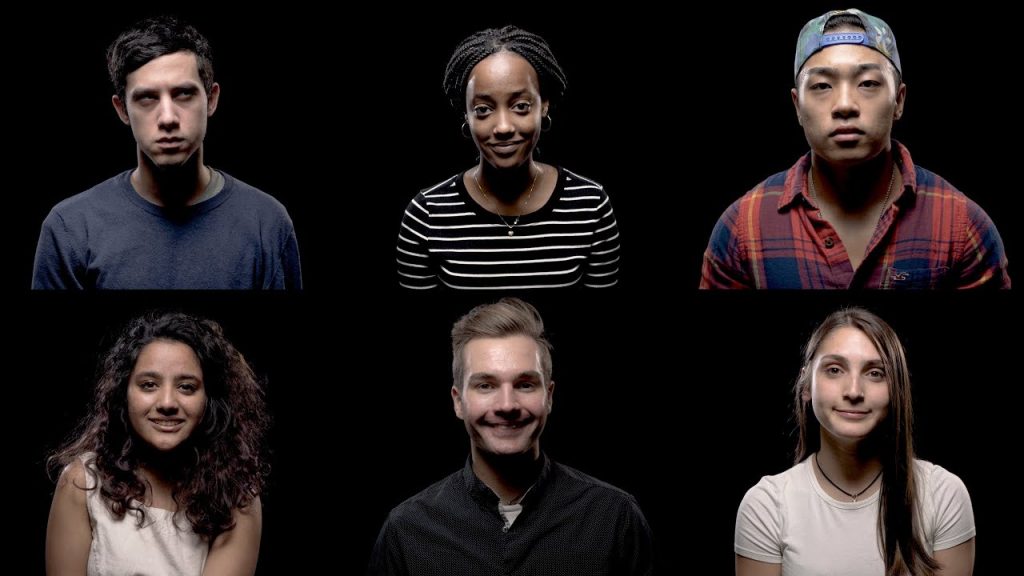Blog 8

Emotions can be displayed in a variety of different ways with facial expressions being the most common way of interpreting emotions across cultures. Being in the restaurant industry I have met many different people from various backgrounds. For example, the owner of our store was raised in a German culture. He is an upfront and brutally honest person that has an intimidating presence. He is also extremely short tempered and is very loud and his emotions become extremely apparent on his face and his hands/body language are distinguishable as angry. The way he expresses certain emotions is different from the cultural background I was raised in. My family would tell me growing up that you should not show hostility or anger towards others and if there was a problem it should be addressed away from others. Yet, the experiences I have had were completely opposite.
There are also occasions where people from other cultures express more emotions or that they become more apparent when they are speaking in their own language. The kitchen employees come from a Mexican culture and when they are talking to each other in Spanish their facial expressions and at times hand gestures are used to properly display the emotions that they are experiencing. It is interesting to see the differences in the way emotions are expressed across cultures. Trying to read emotions can be difficult at times, especially when the culture you are trying to understand is not your own. However, emotional expression helps us communicate with others how we are feeling. Sometimes we wear our emotions like a jacket and allow people to see them for what they are and other times it is like a mask where you are concealing how you truly feel and distinguishing between them can be very challenging.
